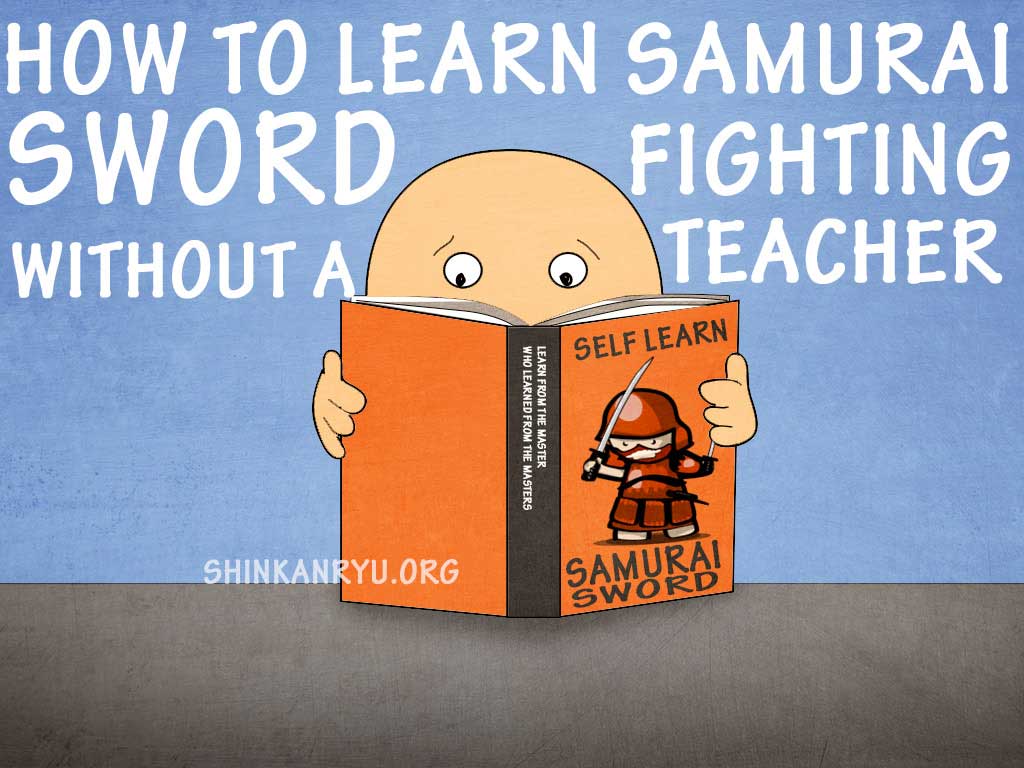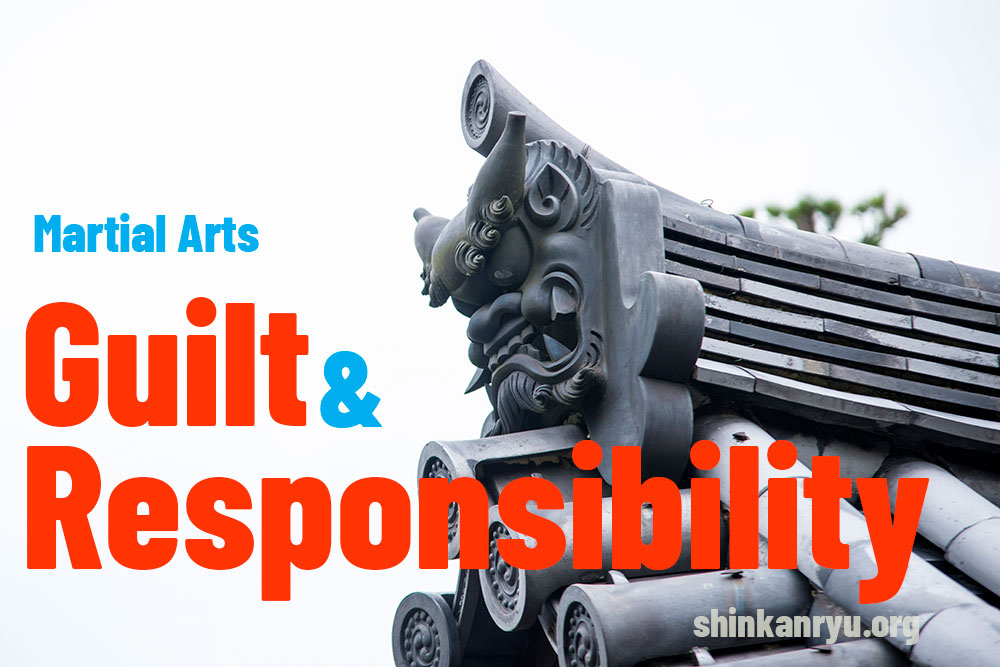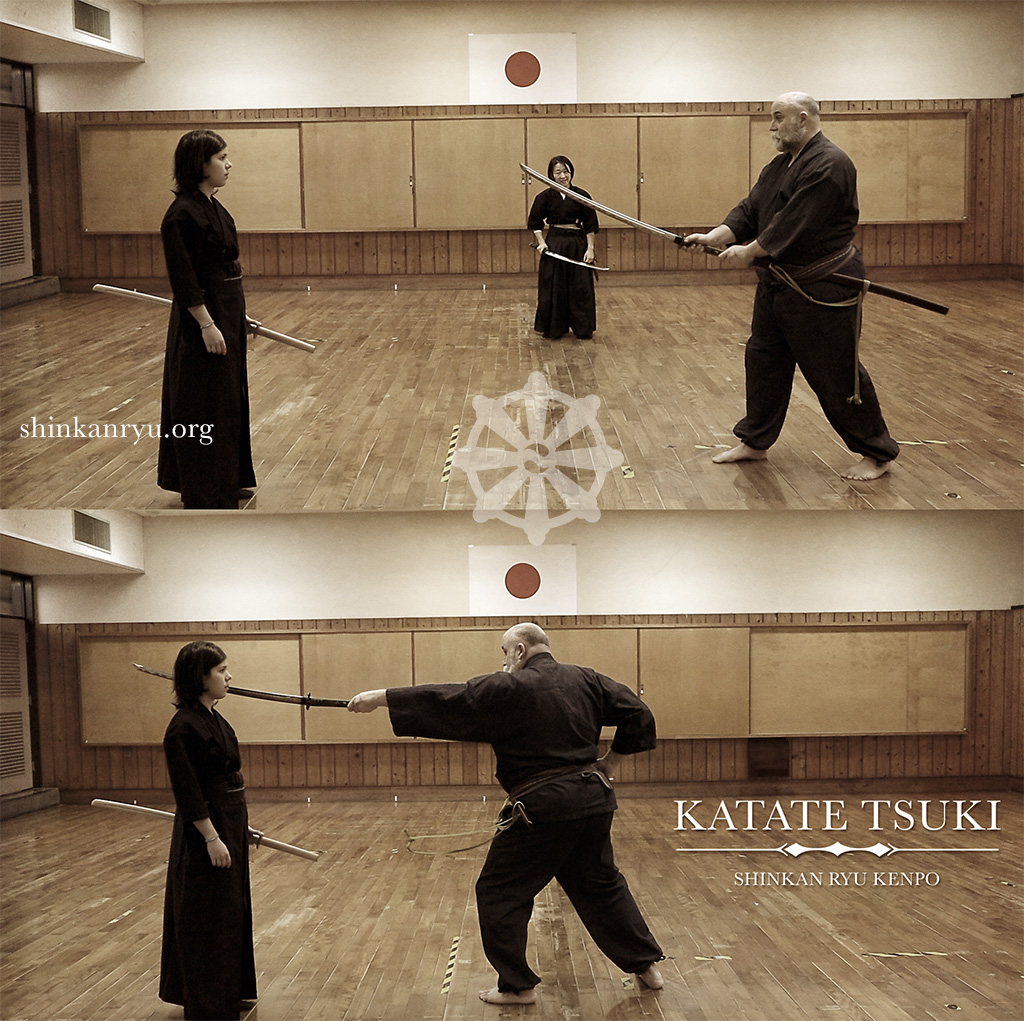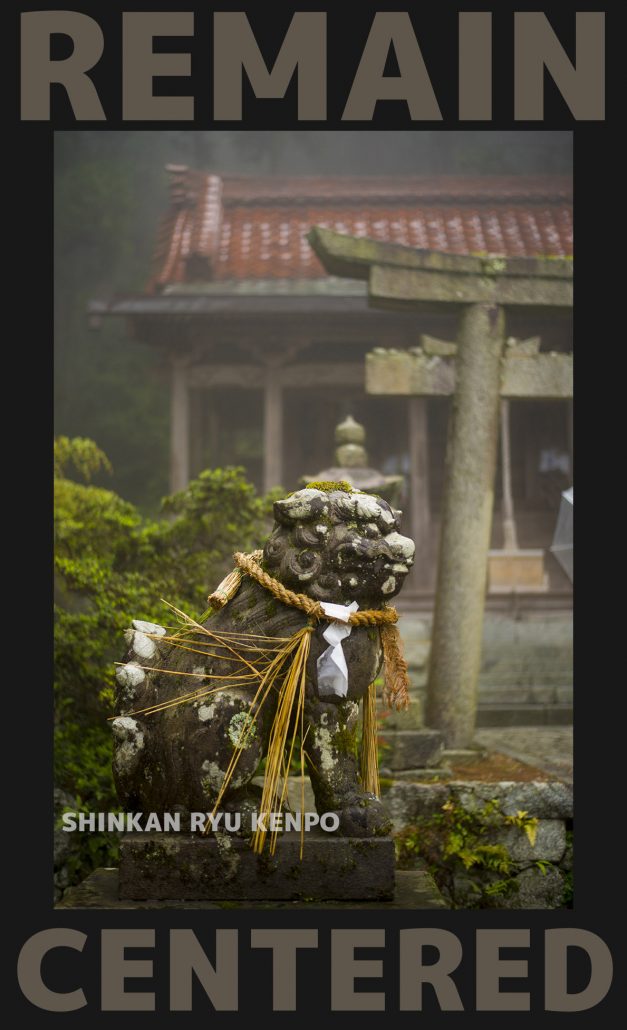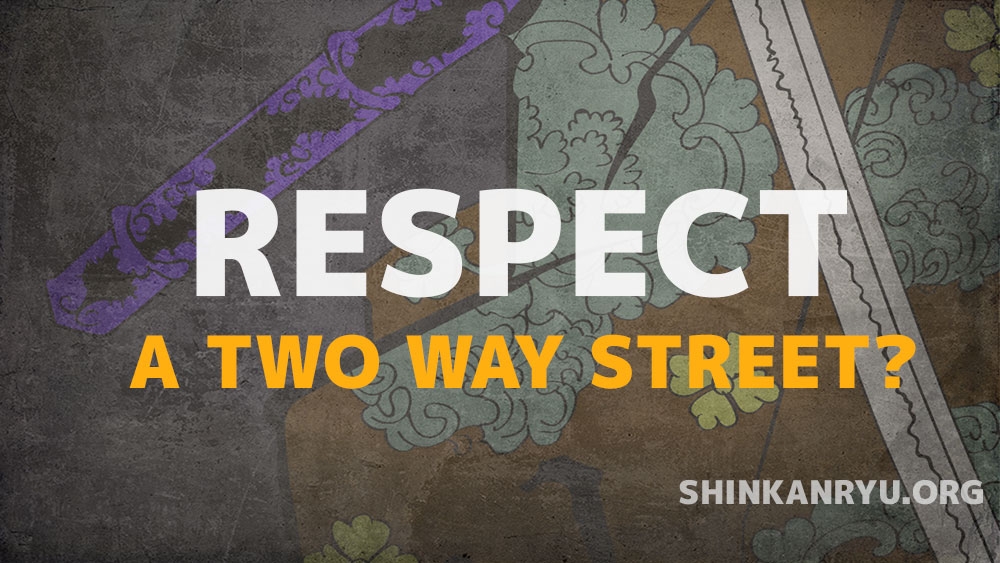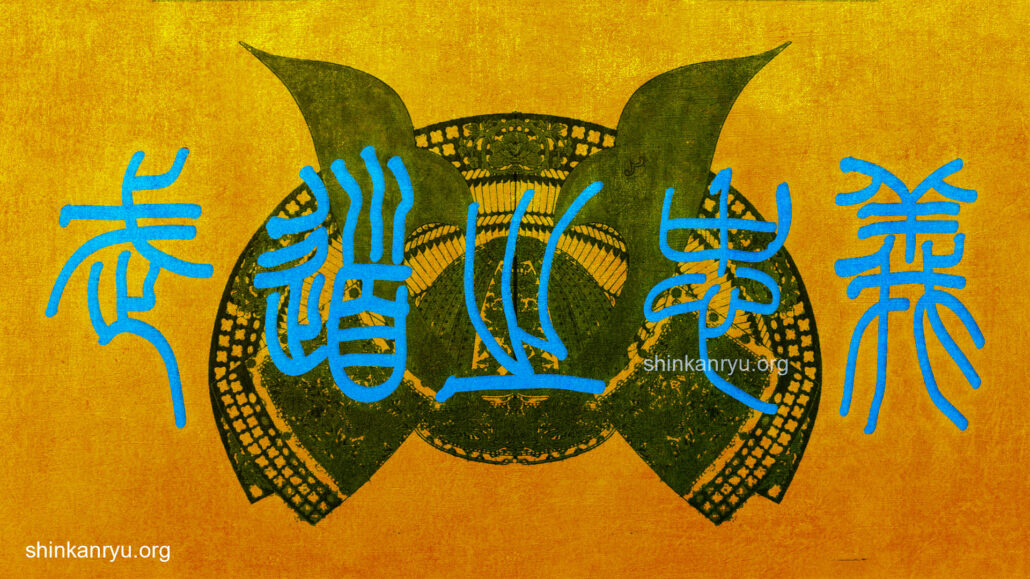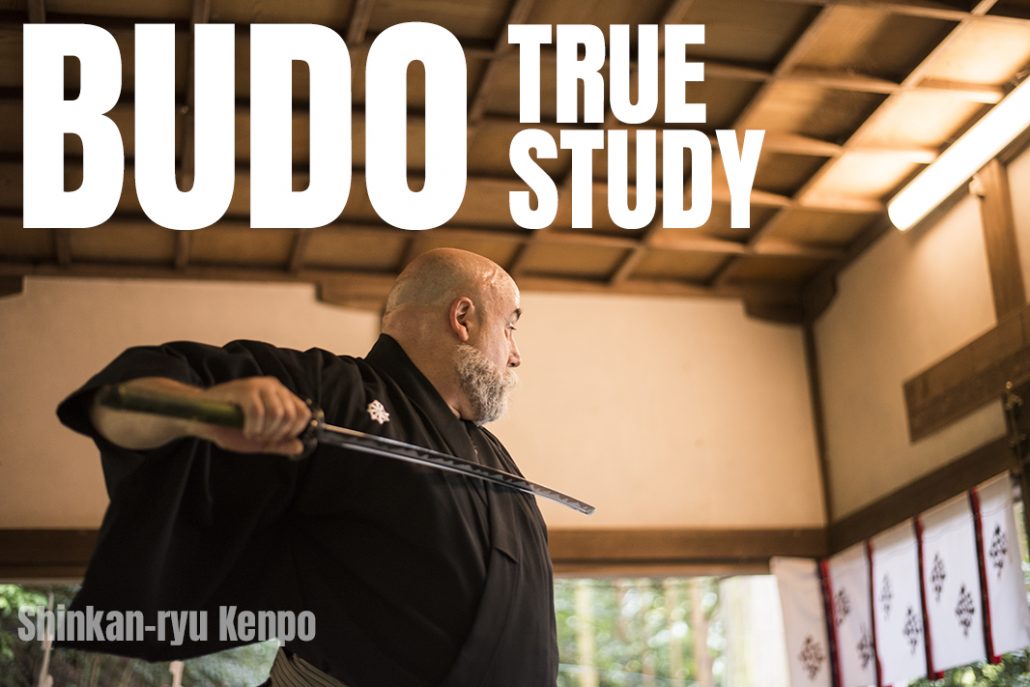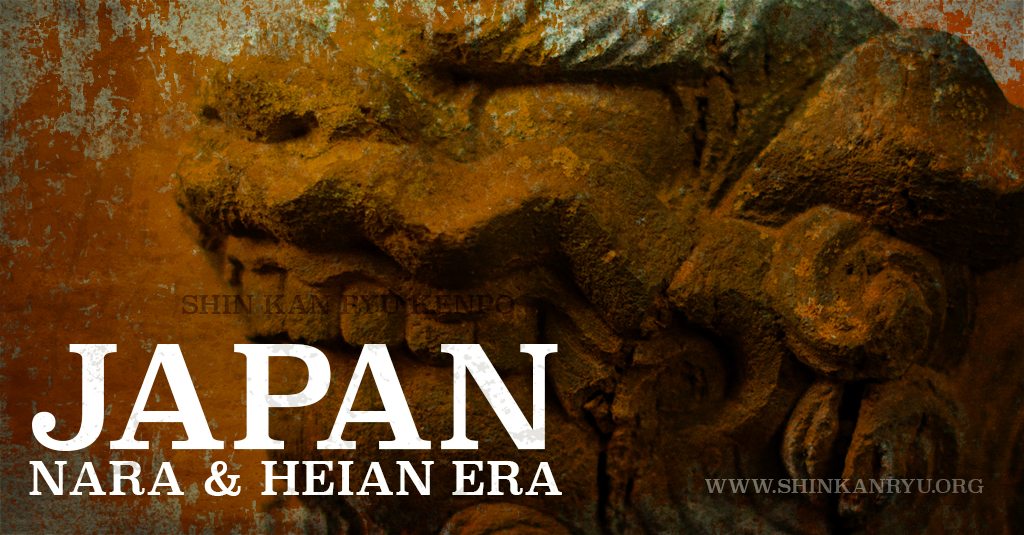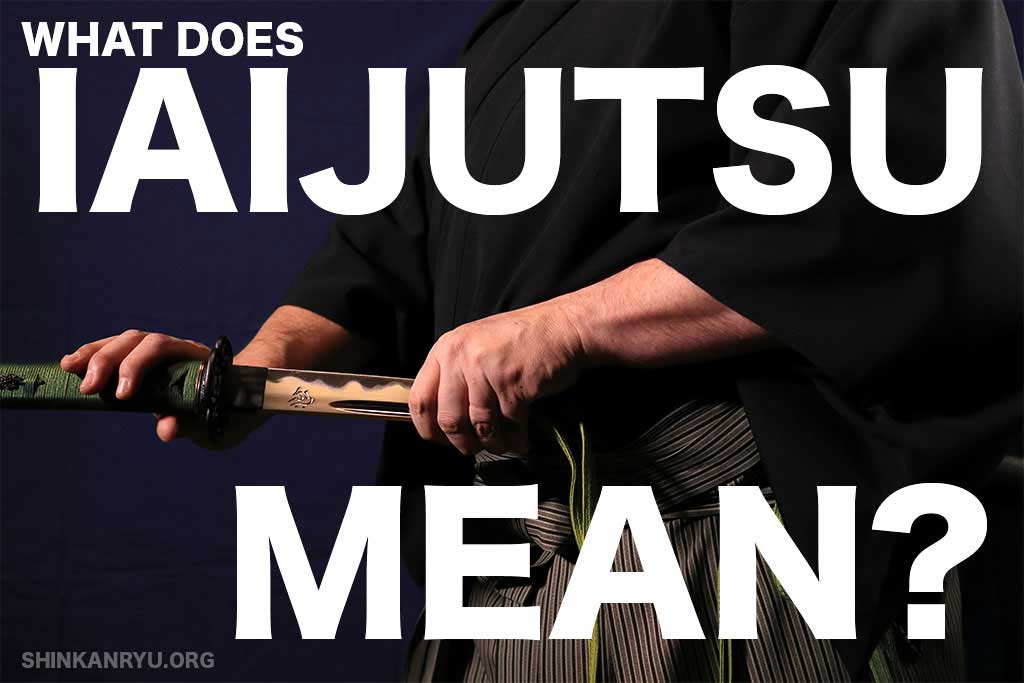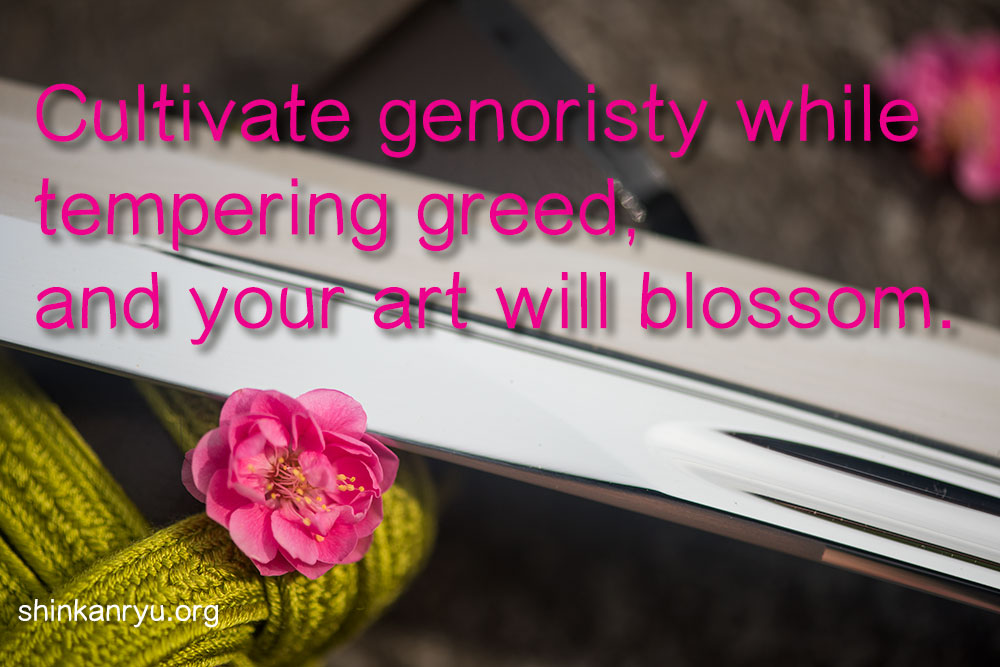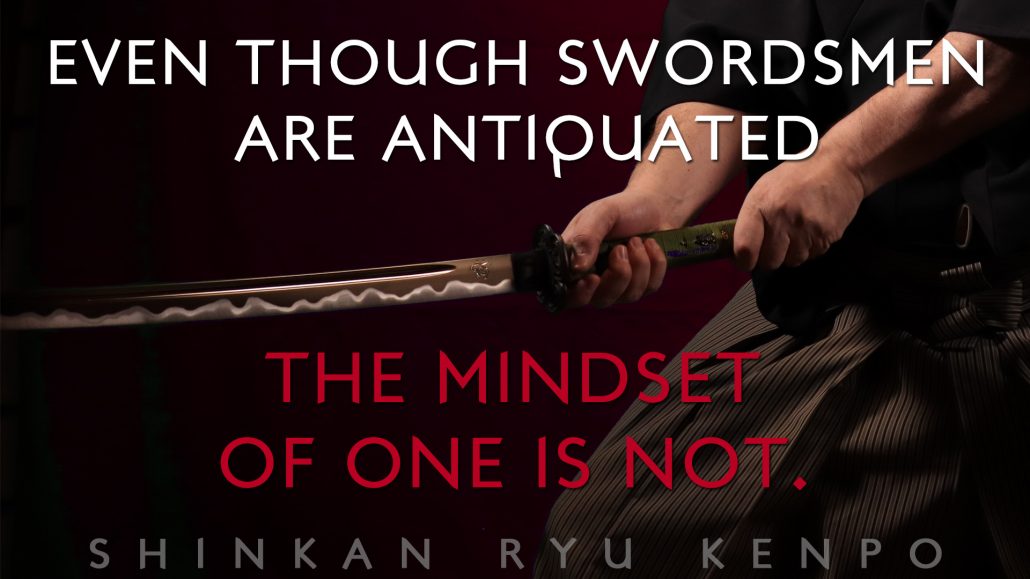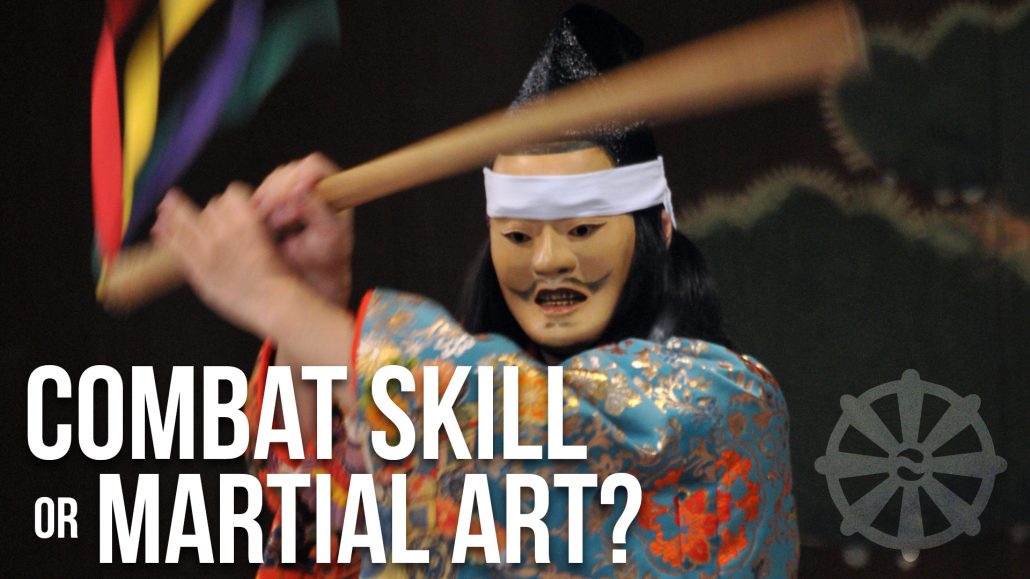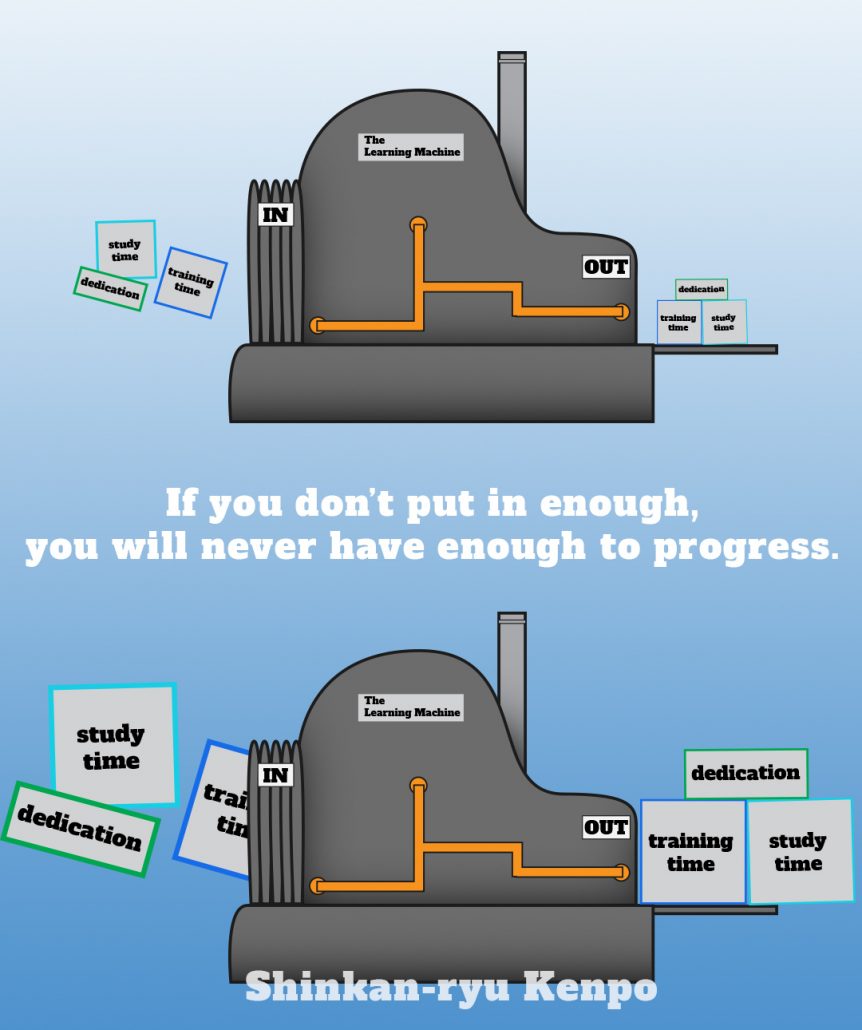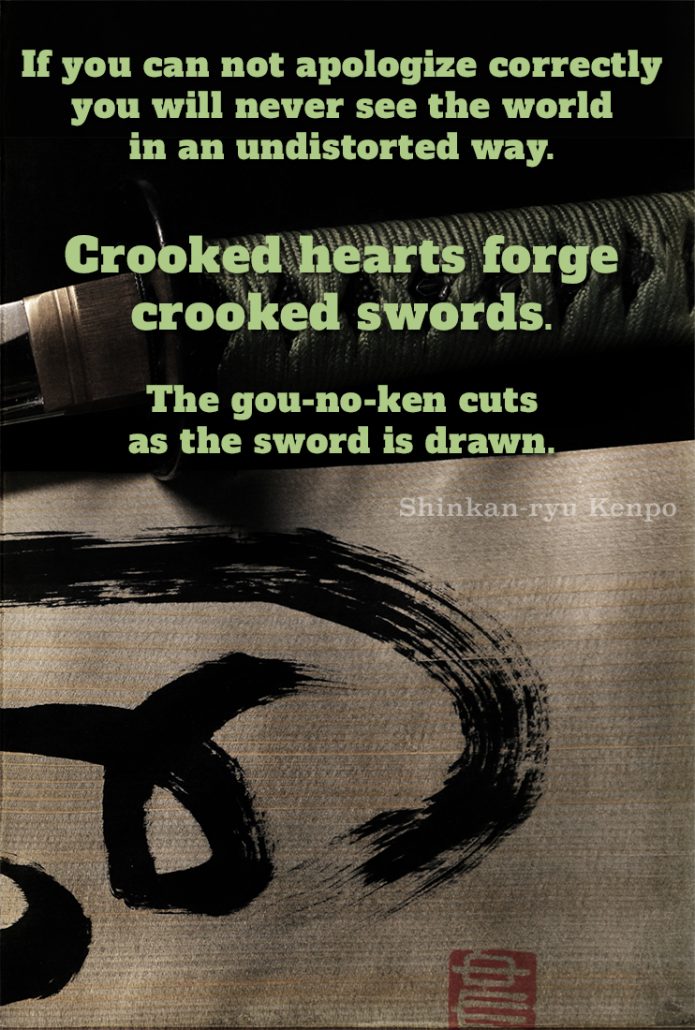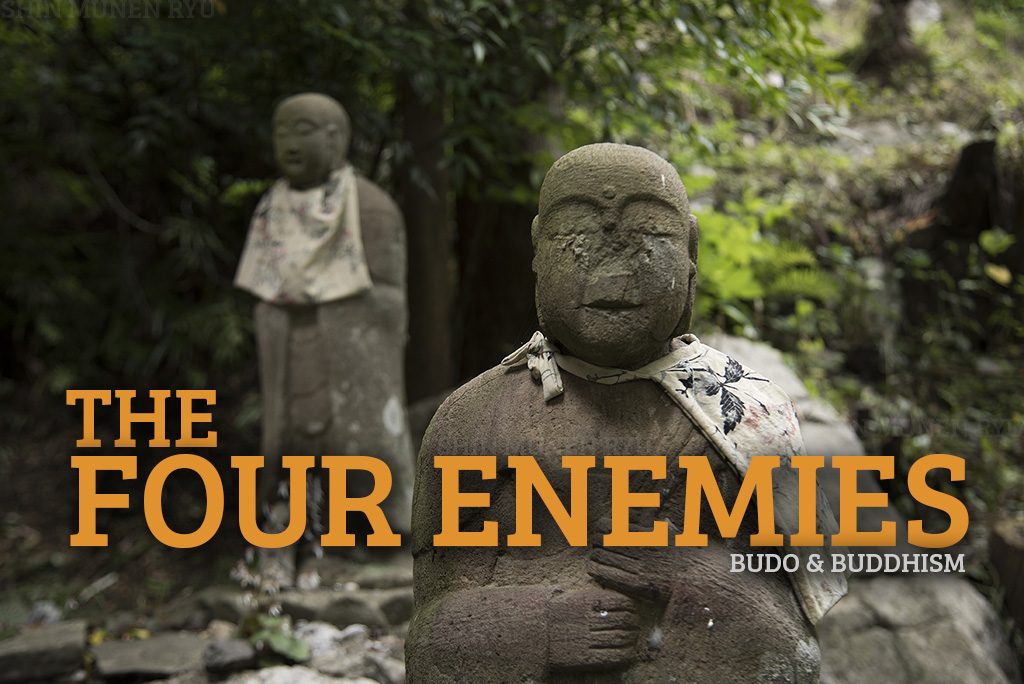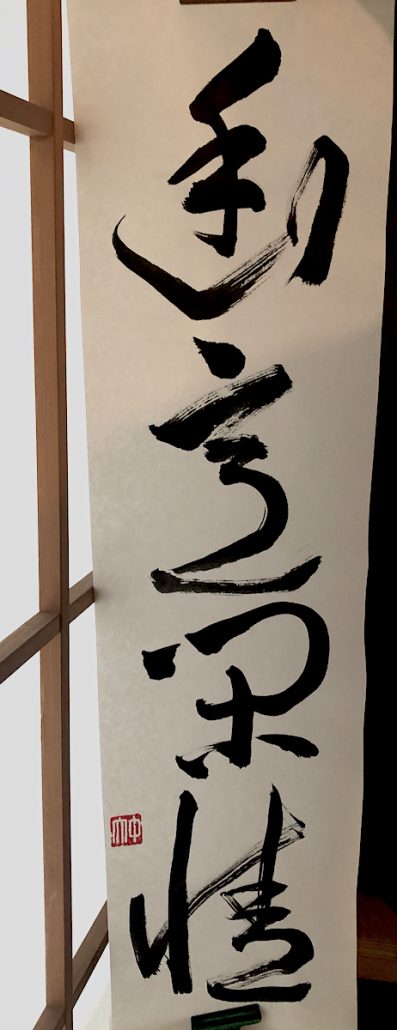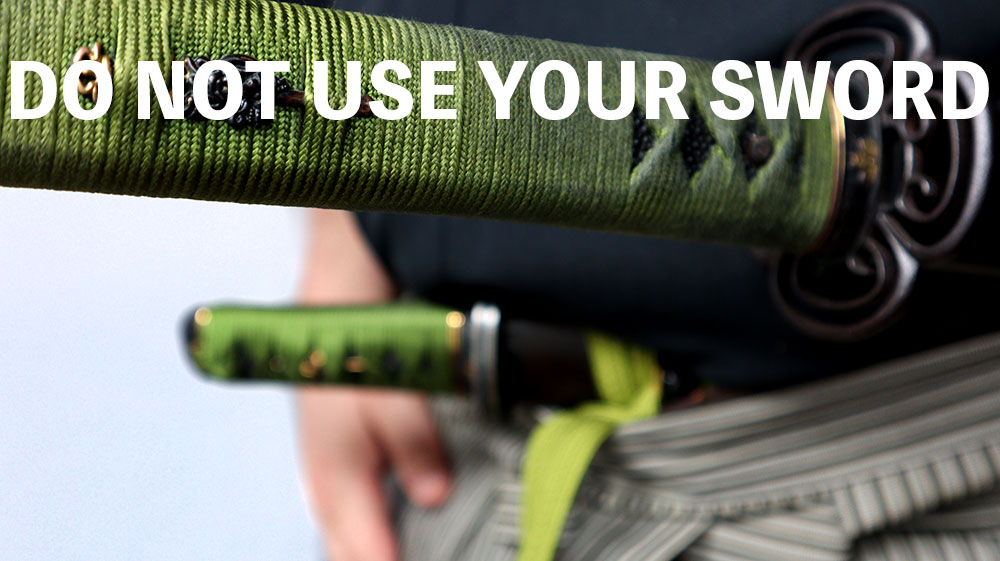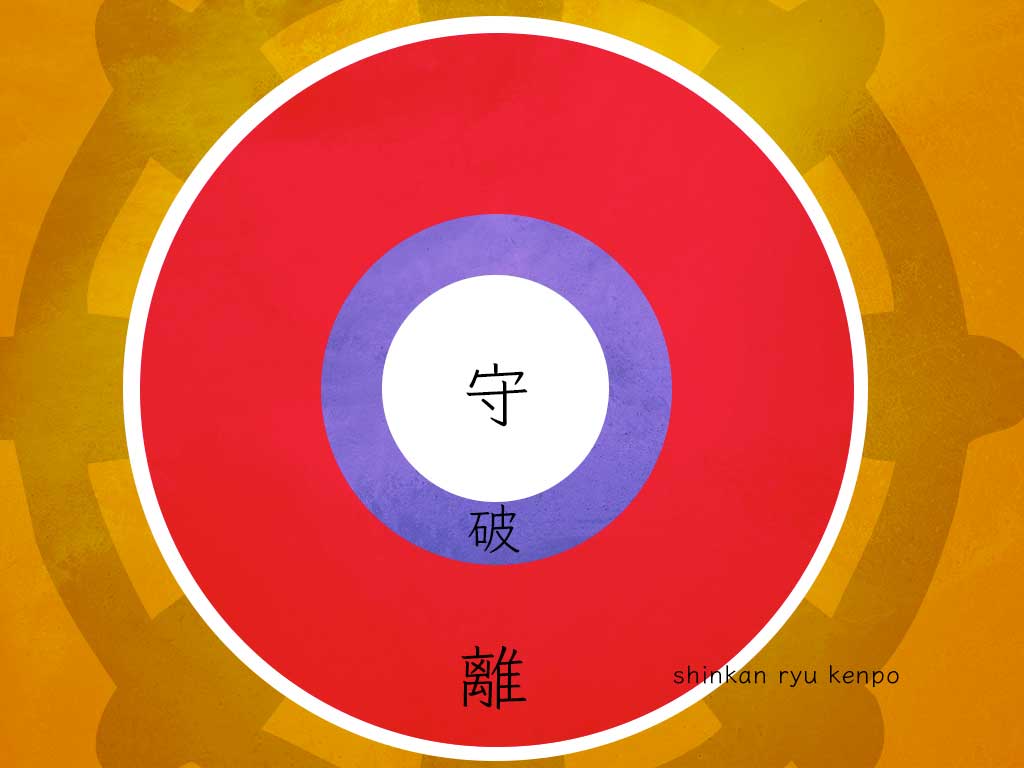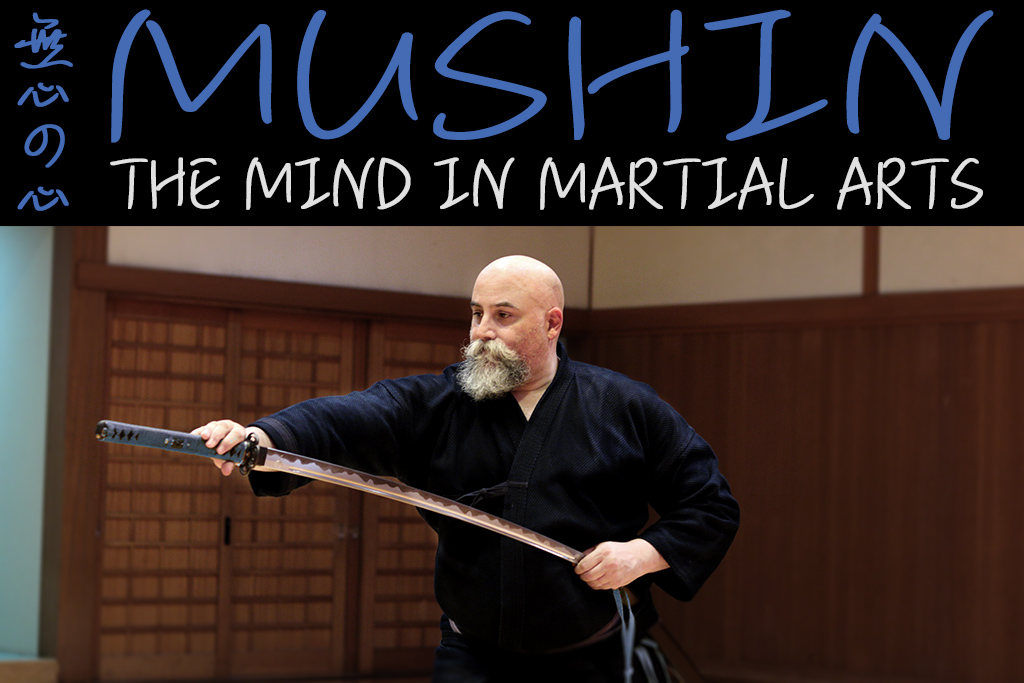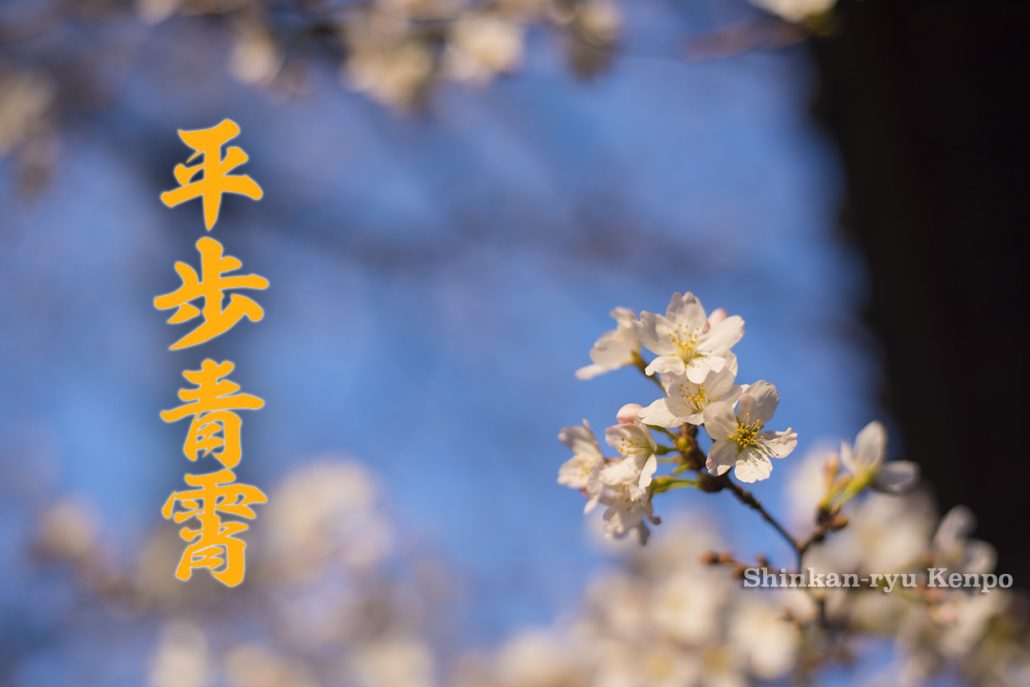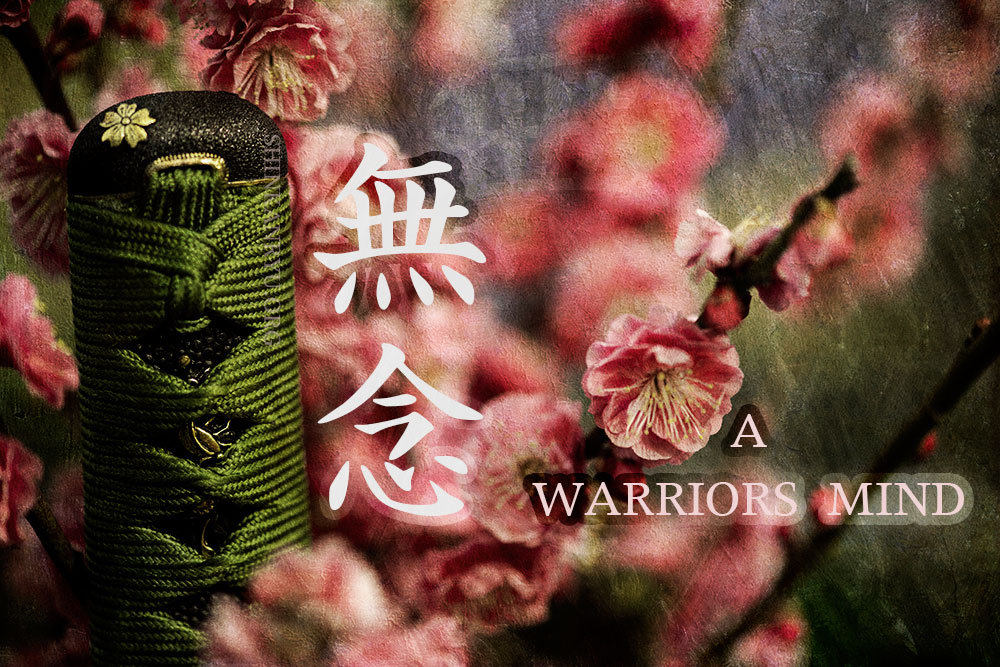Pain & Training
Pain is a universal dilemma. Especially for those in sports or martial arts. Is training with pain a proper thing to do? Should we rest or push through pain? There is a lot of advice out there both good and bad about training with pain. We have to discern between pain and discomfort so that we can train safely. How do you view pain in martial arts?
I had some shin splints that were preventing me from doing things during kendo, so I was opting out of certain practices after a certain time of doing them. I was trying to limit the amount of stress on the problem areas of my body. A kendo teacher then bragged about how he once won a tournament with broken ribs and encouraged me to do more. I was pacing myself in class at that time, and that's when he chided me and told me how he won the tournament with broken ribs. My initial reaction was unenthusiastic, ‘yeah ok, that's great for you.’ Later on, I thought that I certainly wouldn’t want to go to a tournament with broken ribs. It seems like an unnecessary risk.
There’s a difference between discomfort and pain. Actual pain is the sensation that's accompanied by the instinct to withdraw. For example, putting your hand on a hot stove-top. If you're not trying to pull away from it then its not exactly true pain. For example soreness in post-exercise muscles is a different type of pain that is more like discomfort.
To gain new capabilities, we do have to push ourselves into new and uncomfortable areas. We can’t learn something new without it being ‘new’. Often new things are unpleasant. This is not pain but discomfort. Later in the post, I will talk about training with injuries.
Three categories of pain
- Pain coming into the body. Stub your toe, you get hit in the face, etc. etc.
- Pain stored in the body. Tired, fatigue, trauma. The body arranges itself around the injury.
- Pain that is leaving the body. This pain is good to experience. It ‘s usually tied to healing.
During practice, we might get smacked around by a rough senpai. Poked in a sensitive area by a wild shinai. Ligaments and joints have taken to the extreme during some bar or locking maneuvers. Even tripping over equipment and spraining an ankle. All of these things are pain that comes into the body. These require immediate attention. The macho idea is usually to push through the pain and keep training. It might be ok, however, it requires a competent evaluation of the risks of practicing through and with the injury. We can often evaluate ourselves and sometimes it needs a more professional assessment.
Chronic pain is also stored from previous injuries. The trauma can be from past emotional or physical injury. It can stretch back from when you were just a tiny being in your mother's belly. Often these injuries are there without our knowledge and affect your health adversely. Our bodies adapt to injury and over time create more pain and problems with our posture, organs, muscles, and soft tissue system. Anything that affects our bodies affects our minds as well.
Sometimes things stored and released as mentioned in number three express themselves during practice; we sometimes experience this type of pain. You didn't injure yourself. Specifically, you just opened up an old injury. You need to know your threshold. It's not worth hurting yourself for practice. It is important to know the limits.
I once broke my wrist and went to practice with a cast. There were things I couldn't do, so I did not do them. Nevertheless, I did do some techniques one-handed using my uninjured hand. I knew I could do some things safely, so I did them. We can easily get caught up in a machismo attitude and not want to show any weakness or pain. However, we as students and teachers, we must understand what is happening with our bodies and our student's bodies. If you are experiencing pain get some treatment or diagnosis from a professional. Don't put yourself in a position when you are going to hurt yourself. This includes practicing while angry, and very sad/depressed, and improperly fed; under or overfed.
There are chronic pains that never seem to go away no matter what type of treatments we’ve had. It's hard to get out of the house on those days and get to practice. I’ve practiced with migraines and as I’ve said a broken wrist and even a fever once. That one came to me while I was at the dojo. I did go home early but not as soon as I should have. Some of those times were a mistake; others were good. We have to really weigh each problem case by case and see if it's ok to push through or not.
Stupidity Is Learned & Inherited
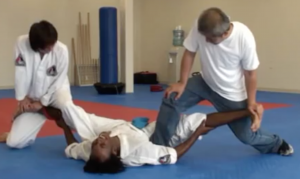
Watching a horrible and uneducated stretching video the other day left me wondering: “Didn’t that guy having his legs pulled apart and screaming in pain understand that, SCREAMING in pain indicates something is wrong?’ And I do not mean, please don't scream when in pain.
I mean if there is that much pain it should be a red flag that it is not proper. Having two people bear down on your legs with their body weight doesn't allow you to retract any limb that's receiving damage. This is how you tear muscle and rip ligaments from the bone. Period. The fact it doesn't always happen is sheer luck.
You can see the instructor in the white t-shirt on the right side using his full weight. Do you think the knee joint of the student being stretched is in a good position to receive that force? What you do not see is another student off to the right smiling. The student in this video was coached into this by his teacher and peers. Everyone present in that video condones this type of stretching. This is pain signaling something is extremely wrong. If you correctly stretch a part of your body you can feel some discomfort. That is normal. But you do not see anyone howling in pain stretching normally.
That video demonstrating stretching is just stupidity and ignorance at its basic level.
No pain, No gain!
Often among men in the militaristic group and macho groups, the idea of not showing pain holds great sway over smart choices. Let’s be careful about what we are doing. I want to point out that when we are in pain and having some dysfunction in our posture or muscles etc. then we increase the chances that we will do something incorrectly and hurt another person. Let’s also think about this aspect. We need to be smart about our bodies. Ligament repair is severe and costly. Soft tissue damage causes scarring. So does surgery. Scaring creates problems with your tissue mobility and health. If your body is compromised, then you can't train properly and it leads to more injuries.
It's good to push ourselves into new territories, but only when it is going to benefit us. Furthering our injuries and pain only does that.
No challenge no gain. Challenge brings discomfort. Inspect the difference between pain and discomfort. Know when too much is enough.
Rest is not always the answer.
Too much rest is not healthy. For example, when I had the wrist injury, I still trained but did not use my injured hand. Even walking would have benefited my injury. Light exercise helps with endorphin production which helps moderate pain.
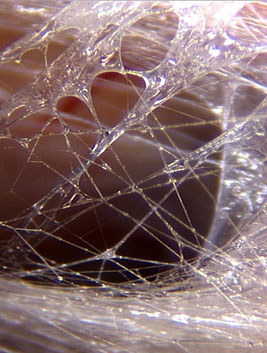
Exercise also puts our fascia in a healthy state. Fascia is a connective tissue in the body. It binds and supports. When we exercise fascia keeps its proper shape. Think of a building with girders placed to support and allow the building to move in high winds etc. The strength comes from its shape. When we rest too much the fascia becomes scarred and restricted and resembles a ball of yarn tossed down the stairs. Thinking back to the girders of the building, what if you were to arrange them in any old fashion? It would lose its proper structural integrity. Regular exercise reverses this scarring process and keeps the tissue healthy. Healthy fascial tissue helps with recovery since a lot of the immune system functions within that space.
Swimming, light yoga, walking, Tai Chi Chuan. These light exercises are good on their own but can also help when we need to switch gears from normal training to help us while we heal. How to train with discomfort? Keep a diary of the injury. Tracking its progress is useful. Pain that doesn't change is usually an indication that something is very wrong. Be smart, and know your own body and mind well.

ラジカスキー真照
館長Saneteru Radzikowski is the head sword instructor of Shinkan-ryū Kenpō. He lives and teaches Iaijutsu and Kenjutsu from Nara, Japan.
How To Learn Samurai Sword Fighting Without A Teacher?
I get asked often, “Hey, is it possible to learn sword fighting without a teacher...
Guilt and Responsibility
I heard a student say, “If I don’t do any kind of training every day,...
Katate Tsuki-One handed Thrust Iaijutsu
[fusion_builder_container hundred_percent="no" equal_height_columns="no" menu_anchor="" hide_on_mobile="small-visibility,medium-visibility,large-visibility" class="" id="" background_color="" background_image="" background_position="center center" background_repeat="no-repeat" fade="no" background_parallax="none" parallax_speed="0.3"...
Bujutsu Centering
When practicing bujutsu we should always work on being centered. For non-practitioners, it is also...
Respect is a two way street in martial arts
Respect is a two-way street, however, how many people are driving recklessly? “If you want...
Bushido Chūgi The code of Loyalty
Loyalty is one of the shining points in any list about the virtues important to...
True Budo Proper Conduct
True budo, real budo, is about being your authentic and true self. Those of us...
Japanese Era 710-1868 Part 1 Nara & Heian
Nara period. 710-794 We shall begin with the Nara period. 710-794. Japan had recently changed...
What Does Iaido & Iaijutsu Mean?
Iaijutsu and iaido are components of kenjutsu 剣術, the arts of the sword. Iaijutsu, iaido...
Greed And Martial Arts
We must endeavor to cultivate generosity while looking at the roots of our greed. Removing...
The Old Is Not Distant
This is important to understand when practicing historical or classical martial arts. Although the sword...
Are Combat Skill, Self Defense & Martial Art The Same?
Why make the distinction between martial art and combat skill? I believe that combat skills...
I Am A Lazy Martial Artist
There is a saying, “You get out of it what you put into it.” It...
Unleash the Potential of Your Iaido Success
We’re diving deep into the art and discipline of Iaido, a journey that goes far...
The Sword of Kamma
Within Shinkan-ryū are teachings to being responsible for our actions. Admitting fault of miss-actions or...
Four Enemies
Four Friends. Four Enemies. One morning while on alms rounds the Buddha gave a heap...
A Lesson Of The Brush & Budō
Today during shodo practice I wrote this. Our minds as the top of...
Saya no uchi
I train to strike correctly. I perform keiko to understand the angles of my sword....
Shu-ha-ri Budo Learning
Mushin State of No Mind In Martial Arts
I would like to express my thoughts on the concept of mushin no shin —...
Equanimity Of A Bushi
Under the big blue sky, Walk with purpose. せいしょうにへいほうす。青空をすたすた歩く。 Move towards your difficulties (or life...
Munen Muso And Mushin The Warriors Mind
What is the difference between munen and mushin? These concepts outline the ideal mental state...



